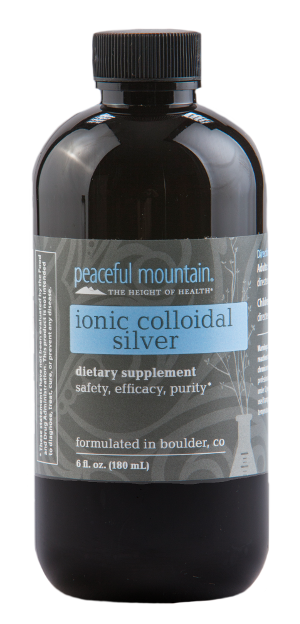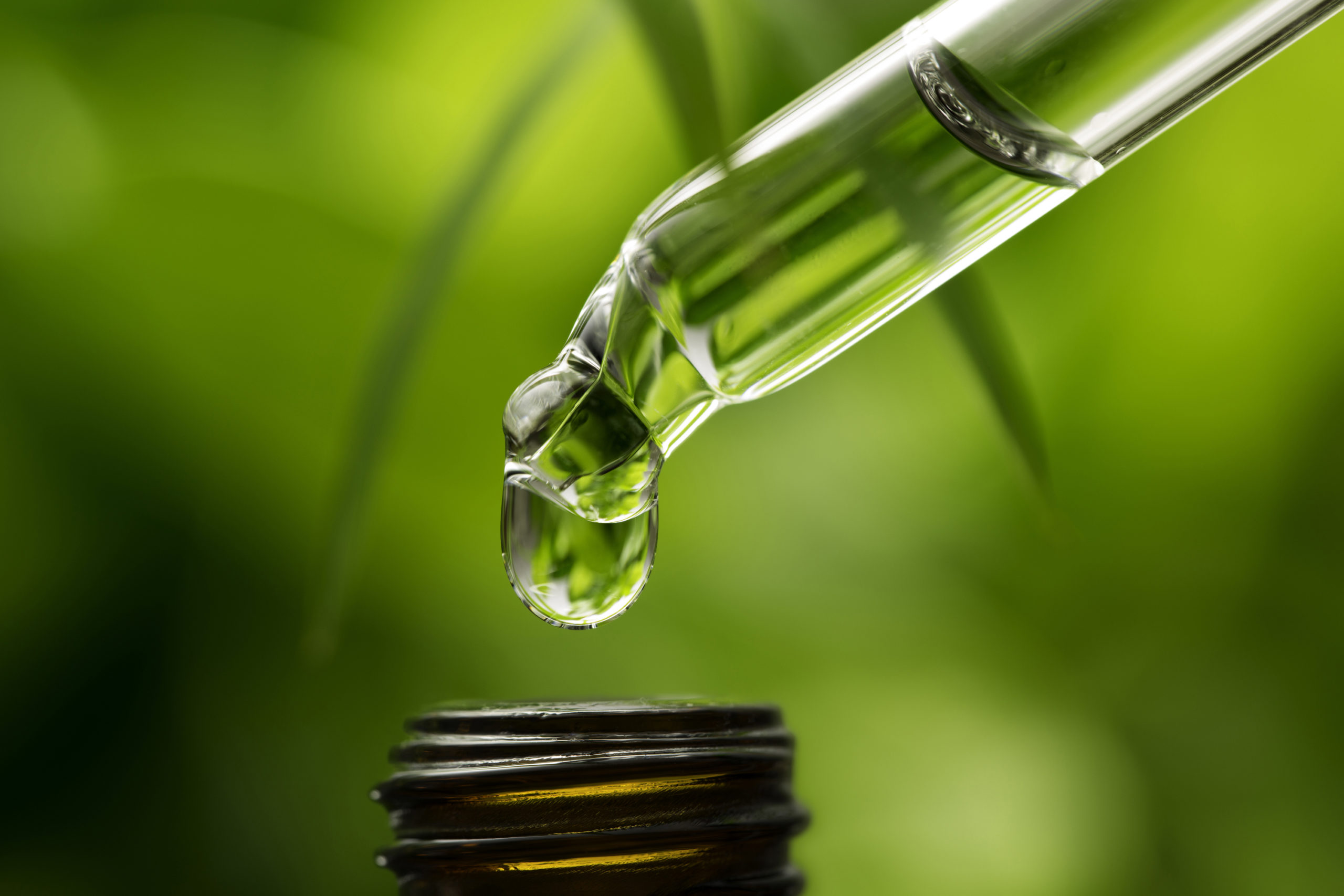By Jana Taylor
Over thousands of years civilizations throughout the world have used silver as a healing agent. Its medical, preservative and restorative powers can be traced as far back as the ancient Greek and Roman Empires. In recent history, silver preparations have been used for treatment and prevention of disease and infection.
Consider these interesting facts:
- Disease-causing pathogens could not survive in the presence of silver, and silver was used in dishware, drinking vessels and eating utensils.
- In particular, the wealthy stored and ate their food from silver vessels to keep bacteria from growing.
- In the Middle Ages, silverware protected the wealthy from the full brunt of the plague.
- The Chinese emperors and their courts ate with silver chopsticks.
- The Druids have left evidence of their use of silver.
- The Greeks used silver vessels to keep water and other liquids fresh. The writings of Herodotus, the Greek philosopher and historian, date the use of silver prior to the birth of Christ.
- The Roman Empire stored wine in silver urns to prevent spoilage.
- The use of silver is mentioned in ancient Egyptian writings.
- Settlers in the Australian outback suspend silverware in their water tanks to retard spoilage.
- Pioneers trekking across the American West found that if they placed silver or copper coins in their casks of drinking water, it kept the water safe from bacteria, algae, etc.
- All along the frontier, silver dollars were put in milk to keep it fresh. Some of us remember our grandparents doing the same.
- In Ayurvedic medicine, silver is used in small amounts as a tonic, elixir or rejuvenating agent for patients debilitated by age or disease.
- Silver was used to combat infection in wounds sustained by troops during World War I.
- In the early 1800s, doctors used silver sutures in surgical wounds with very successful results.
 In their earliest usage, silver-based remedies were prepared in the form of silver salts, e.g., silver nitrate and silver acetate. Later, non-salt preparations have been included such as silver sulfadiazine and colloidal silver.
In their earliest usage, silver-based remedies were prepared in the form of silver salts, e.g., silver nitrate and silver acetate. Later, non-salt preparations have been included such as silver sulfadiazine and colloidal silver.
Generally, the silver salt remedies have shown limited effect, usually requiring relatively high doses to achieve any effect. High dosages of such silver salts – especially after regular, long-term use – have produced a few reportable cases of silver toxicity, known as argyria, but it is hard to find reference to argyria in any standard medical textbook. Argyria is characterized as a permanent ashen-gray (bluish) discoloration of the skin, conjunctival sclerae, and internal organs, resulting from long-continued use of high concentration silver salts – without any otherwise notable adverse effects on general metabolic health On the other hand, low concentration silver colloid preparations are not associated with any reportable toxicity.
Recently, the use of low concentration, i.e., < 50 ppm, non-proteinaceous silver colloids has been found to be tremendously effective. There have been no reported toxicity or adverse events linked to the use of these low concentration (ionic), pure silver colloids.
This low concentration, ionic colloidal silver is the kind of silver that you will find in our Silver line of products. Once you try them we know you will fall in love. I, like many others, have seen the innumerable benefits of silver and having used it regularly for myself and my family, I will never be without it.
…
 Jana Taylor is a staff writer for Peaceful Mountain.
Jana Taylor is a staff writer for Peaceful Mountain.

 The Pervasive use of Parabens
The Pervasive use of Parabens